In the system of religious institutions and beliefs of the Vietnamese people, structures such as communal houses, pagodas, temples, and shrines have been extensively studied and become familiar symbols in the community's consciousness.
However, Taoist temples, places of worship for Taoist gods, are the missing piece in that picture.
The book "Taoism with some historical and religious issues in Vietnam" by Dr. Nguyen The Hung, published by the National Political Publishing House in 2025, is a valuable monograph, contributing to filling the gap in academic and social awareness about this special type of religious relics.
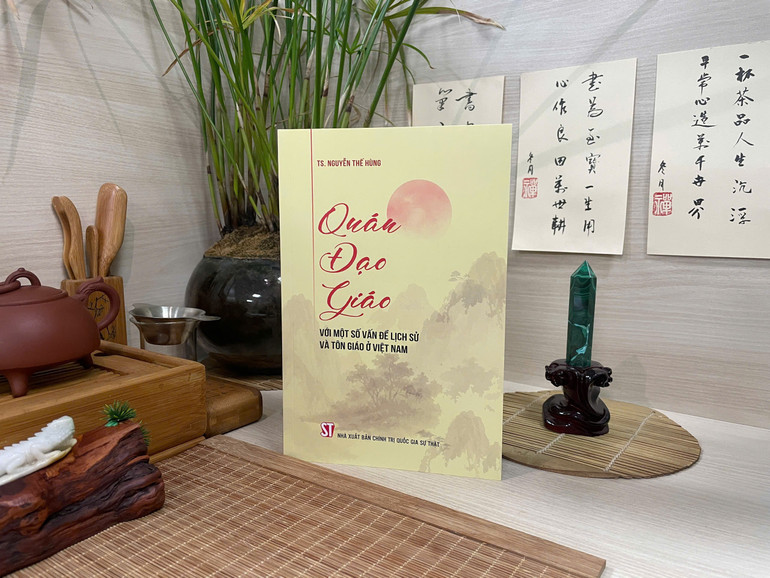
With many years of research and field experience, Dr. Nguyen The Hung chose the land west of Hanoi (formerly part of Xu Doai) as a highlight to approach the system of Taoist temples such as Hoi Linh temple, Hung Thanh temple, Linh Tien temple, Lam Duong temple...
From the perspective of religious history, he commented: "The existence of Taoist temples in many places proves that this religious institution has played an important role in the spiritual life of the Vietnamese people" (Excerpt from page 256).
This is not only a place to worship gods such as Tam Thanh, Ngoc Hoang, Huyen Thien Tran Vu, but also a place to show the crystallization and harmony between Taoism, Vietnamese folk beliefs and other major religions such as Confucianism and Buddhism.
According to the author, it is thanks to this blend that Taoism did not exist as a purely foreign religion, but was soon localized, integrated and spread strongly into the spiritual life of the Vietnamese people.
One of the remarkable findings of the book is the change in the architecture of Taoist temples over time. If in the 16th century, the temple floor plan was often in the shape of the letter Tam, then in the 17th century, the architectural model changed to the letter Curve symbolizing solidity, balance and introversion.
In addition, the system of the Back Hall and the Bell Tower, which has outstanding characteristics of the Taoist temple of this period, is also considered by the author as a "transitional bridge" to the Pre-Buddhist-Post-Saint architectural style popular in many later relics.
Not stopping at architecture, Dr. Nguyen The Hung also classified the system of statues worshiped in Taoist temples into four groups: universal statues in Taoist temples; statues present in some temples; statues only present in some individual temples; and a group of statues with a mixed Taoist-Buddhist character. This analysis not only shows the diversity of beliefs, but also clearly reflects the tolerance and flexible characteristics in the religious consciousness of the Vietnamese people.
Notably, the book does not stop at describing and listing relics but also provides in-depth analysis of the historical-cultural role of Taoism in periods of turmoil. The author believes that in the late 16th and early 17th centuries, when Vietnamese society fell into an ideological crisis, Confucianism gradually lost its legitimacy, and Taoism with its philosophy of transcendence and serenity became a spiritual refuge for intellectuals and mandarins.
The book also emphasizes that researching and correctly identifying the value of Taoist temples not only has academic significance, but also has profound practical significance in the management, preservation and promotion of the value of national cultural heritage.
This is a necessary reminder for cultural-relic managers, as well as the community, to reconsider the role and position of a type of heritage that is being forgotten.
Source: https://nhandan.vn/quan-dao-quang-dau-an-van-hoa-dac-sac-trong-dong-chay-tin-nguong-viet-nam-post891114.html







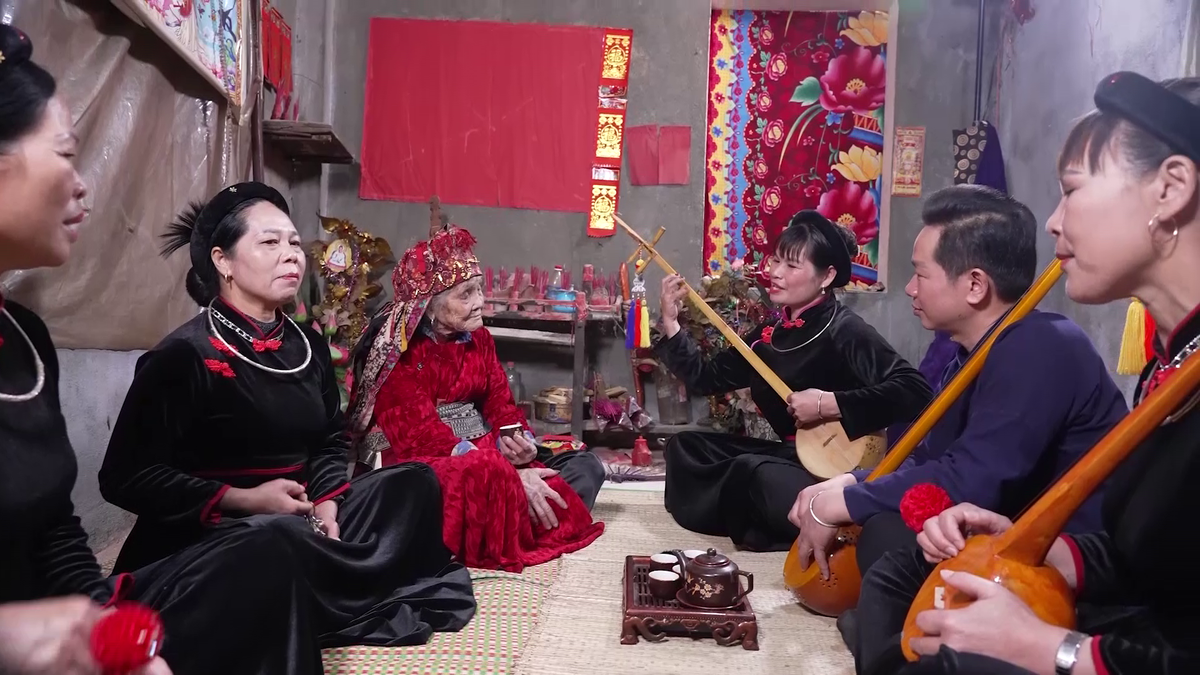
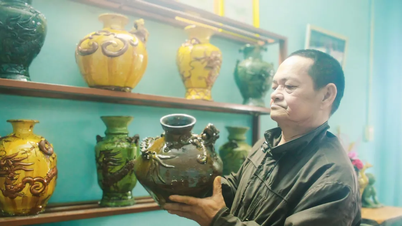

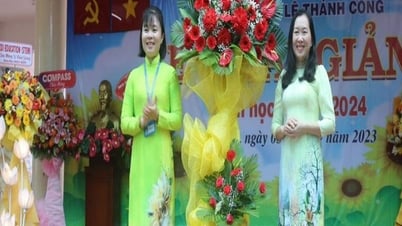



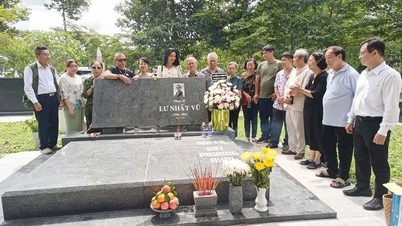







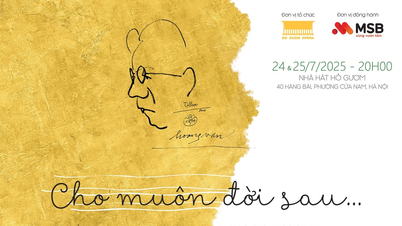
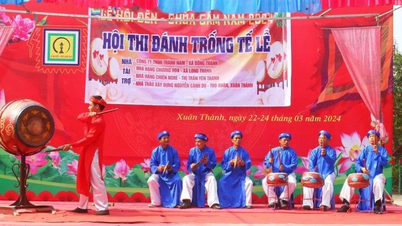



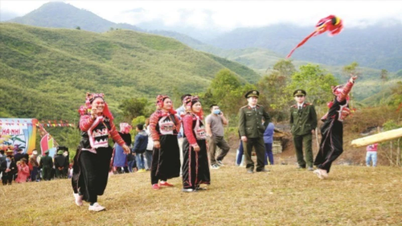



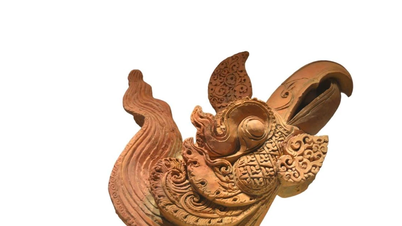


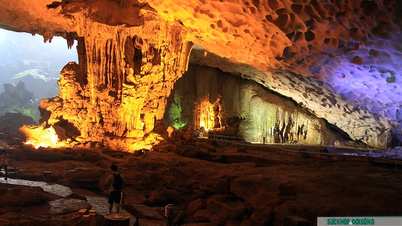

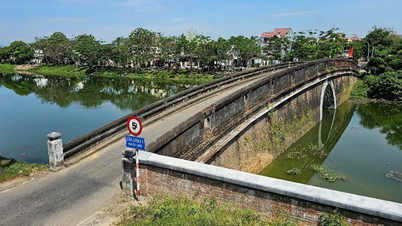





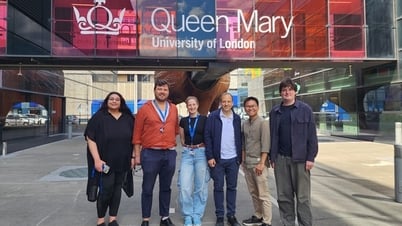

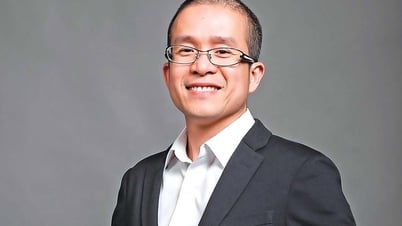

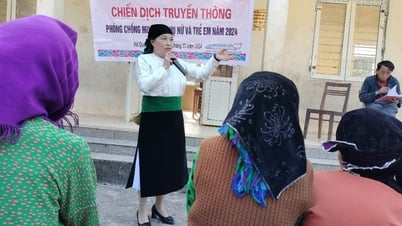





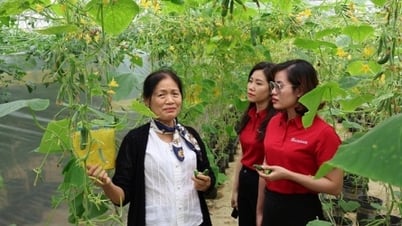



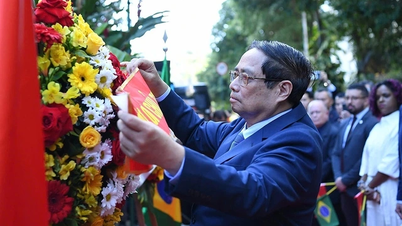











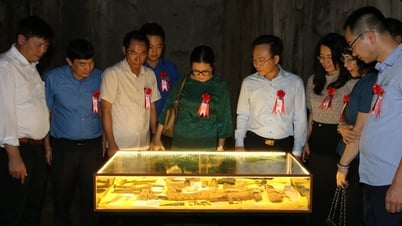



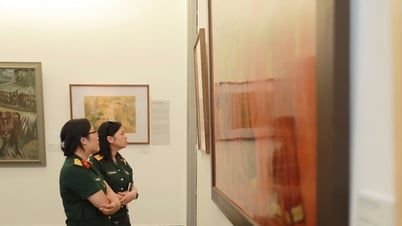






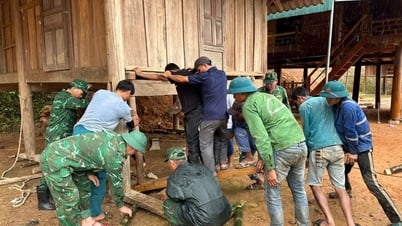

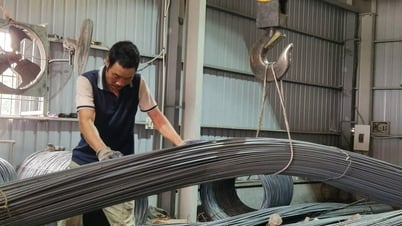





![[OCOP REVIEW] Bay Quyen sticky rice cake: A hometown specialty that has reached new heights thanks to its brand reputation](https://vphoto.vietnam.vn/thumb/402x226/vietnam/resource/IMAGE/2025/7/3/1a7e35c028bf46199ee1ec6b3ba0069e)






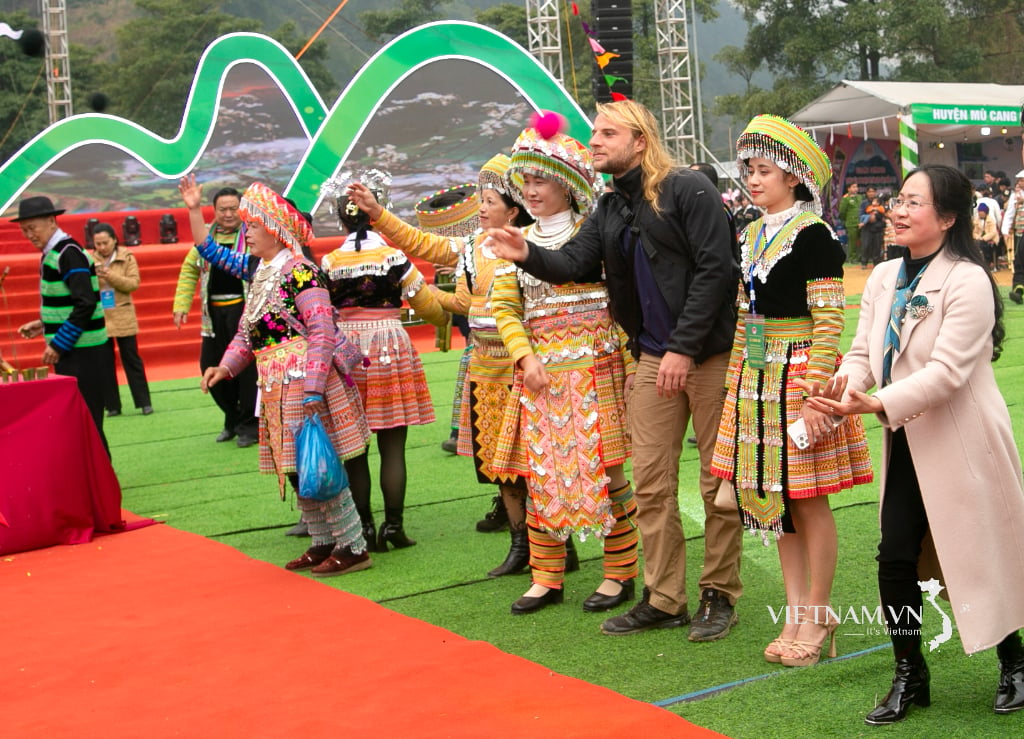



Comment (0)